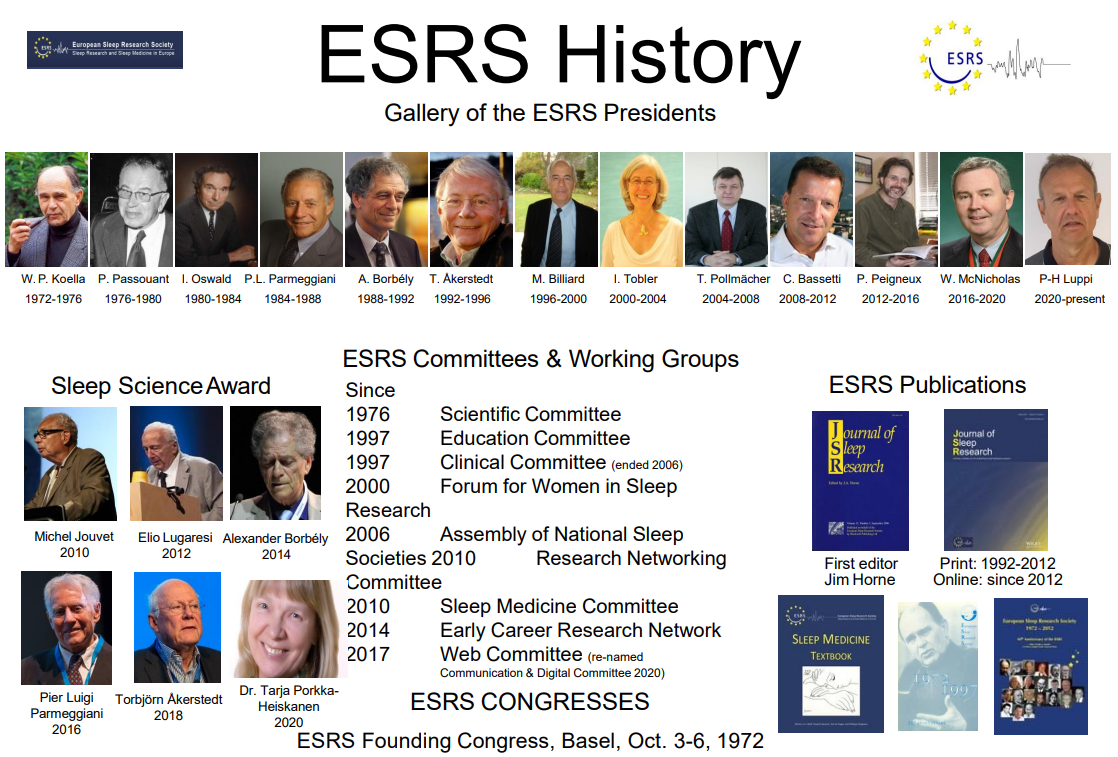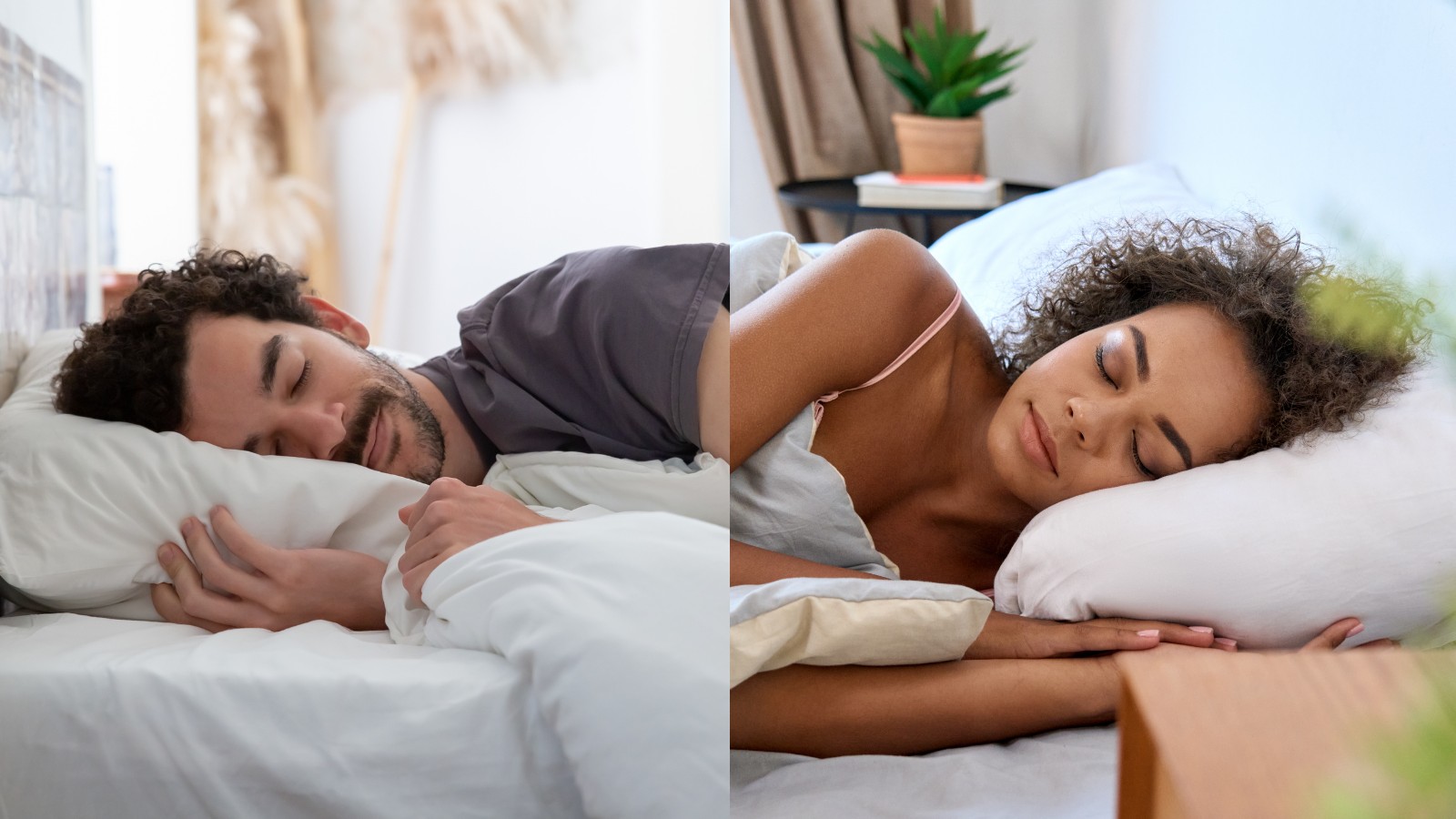Physiological Basis of Sleep: Gender Differences in Sleep
For this Sleep Science Friday, we bring you another chapter summary from the ESRS Sleep Medicine Textbook 2nd edition, “Gender differences in sleep” from the section physiological basis of sleep.
Gender Differences in Sleep
Sleep differs between men and women. The major factors explaining this are probably significant gender differences in the concentrations of many sleep-regulating hormones and, further, the fluctuation of their levels in women. Whilst women have more slow-wave sleep (SWS), and after sleep deprivation more recovery sleep, they report more sleep disturbances than men. Specific female conditions, menstruation, pregnancy, and menopause induce changes in sleep. Rapid eye movement sleep (REM) is modulated during the menstrual cycle, but otherwise sleep is not affected by the cycle in healthy women. However, premenstrual syndrome may disturb sleep severely. Also pregnancy induces sleep modulations: sleep efficiency decreases during pregnancy already from the first trimester. Problems with sleep during this vulnerable period are reflected not only to the mother as increased risk for pregnancy-related morbidity, mood symptoms, or increased complications with delivery, but also as problems to the foetus and offspring. Sleep problems are frequent during menopause, particularly in connection with vasomotor symptoms, and alleviation of these symptoms will improve also sleep quality. Before menopause, sleep-disordered breathing (SDB) is more common in men than in women. Women run the risk of not being diagnosed for the disease as their symptoms differ from those typical of men, and in women the symptoms of SDB develop with lower apnea-hypopnea index (AHI).
Keywords:
hormone replacement therapy, menopause, menstruation, pregnancy, premenstrual syndrome (PMS), restless leg syndrome (RLS), sleep-disordered breathing (SDB)
Learning Objectives:
- To understand the impact of sex hormones and other hormones on sleep and sleep disorders.
- To understand gender differences in sleep quality.
- To understand the gender differences in sleep disorders.
- To understand the impact of endocrine changes on sleep over a woman ’s lifespan.
- To understand the impact of menstrual cycle-related events on female sleep quality.
- To understand the impact of pregnancy and postpartum period on female sleep quality.
- To understand the impact of menopause on female sleep quality.
Key Points:
- Differences in hormone secretion profile between men and women also affect sleep.
- Women report consistently worse sleep quality than men in all age groups.
- … you can read all key points and the full A.8 Ageing and Sleep chapter in the ESRS Sleep Medicine Textbook – order it here.
Summary by:
Sven Leach, Nadja Olini and Reto Huber (2021). A. Physiological Basis of Sleep 8. Ageing and sleep: Sleep in all stages of human development. In Bassetti, C., McNicholas, W., Paunio, T., & Peigneux, P. (Eds.). Sleep Medicine Textbook (2nd ed., pp. 109-122). Regensburg: European Sleep Research Society.
Related chapters released on physiological basis of sleep include: The Neurophysiology and Neurobiology of Wakefulness and NREM and REM Sleep, and Sleep and Dreaming.
Recent publications from ESRS members
- Piontek et al. (2023). Polysomnographic characteristics of sleep in adults with and without physician-diagnosed atopic dermatitis: results from the Study of Health in Pomerania. Sleep Breath.
- Fietze et al. (2023). Nocturnal positive pressure ventilation improves relationship satisfaction of patients with OSA and their partners. Sleep Med.
- Martinot et al. (2023). Determinants of apnea-hypopnea index variability during home sleep testing. Sleep Med.
- Prete, Ronconi and Di Rosa (2023). Cognitive reserve moderates the relationship between sleep difficulties and executive functions in patients with Parkinson’s disease. Sleep Med.
- Staykov et al. (2023). Increased flow limitation during sleep is associated with increased psychomotor vigilance task lapses in individuals with suspected obstructive sleep apnea. Chest.
- Vidigal et al. (2023). Can Intraoral And Facial Photos Predict Obstructive Sleep Apnea In The General And Clinical Population? Sleep.
- Harding and Vyazovskiy (2023). Penguins snatch seconds-long microsleeps. Science.




